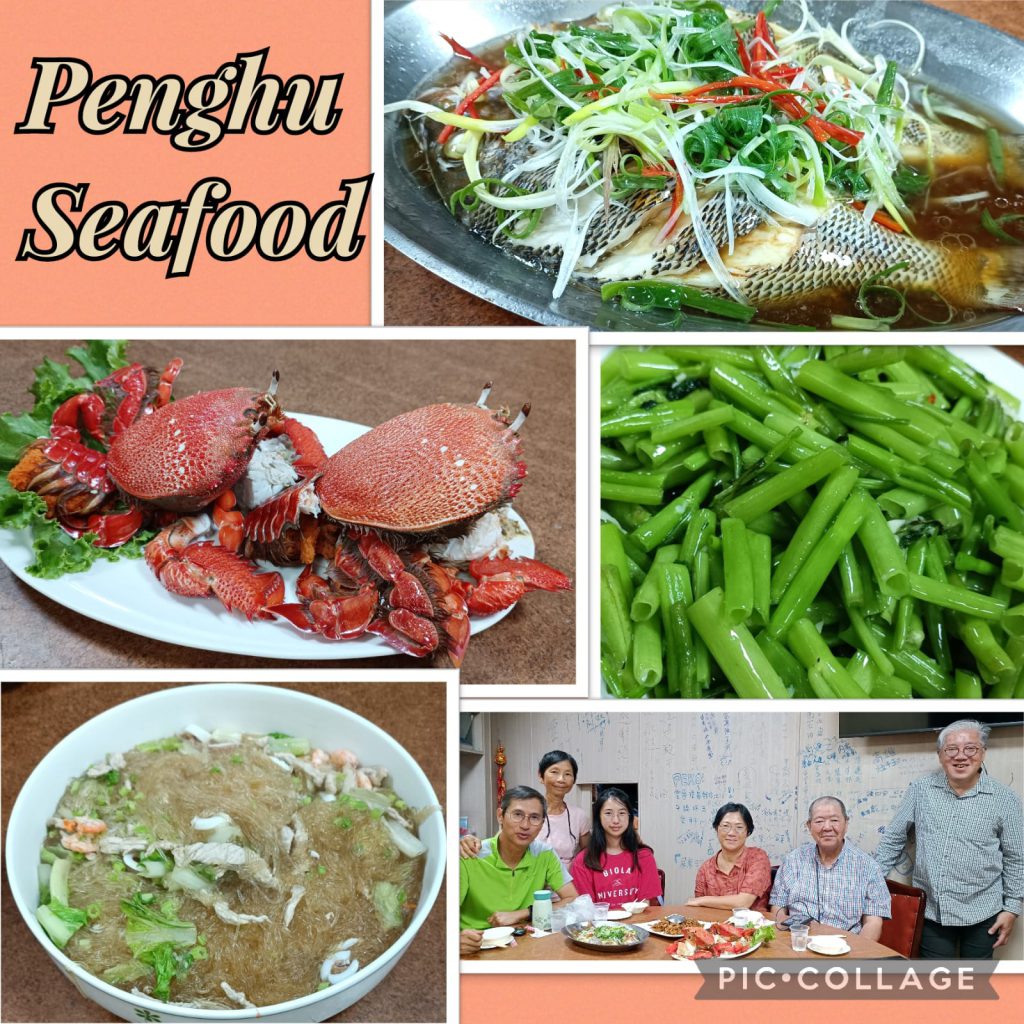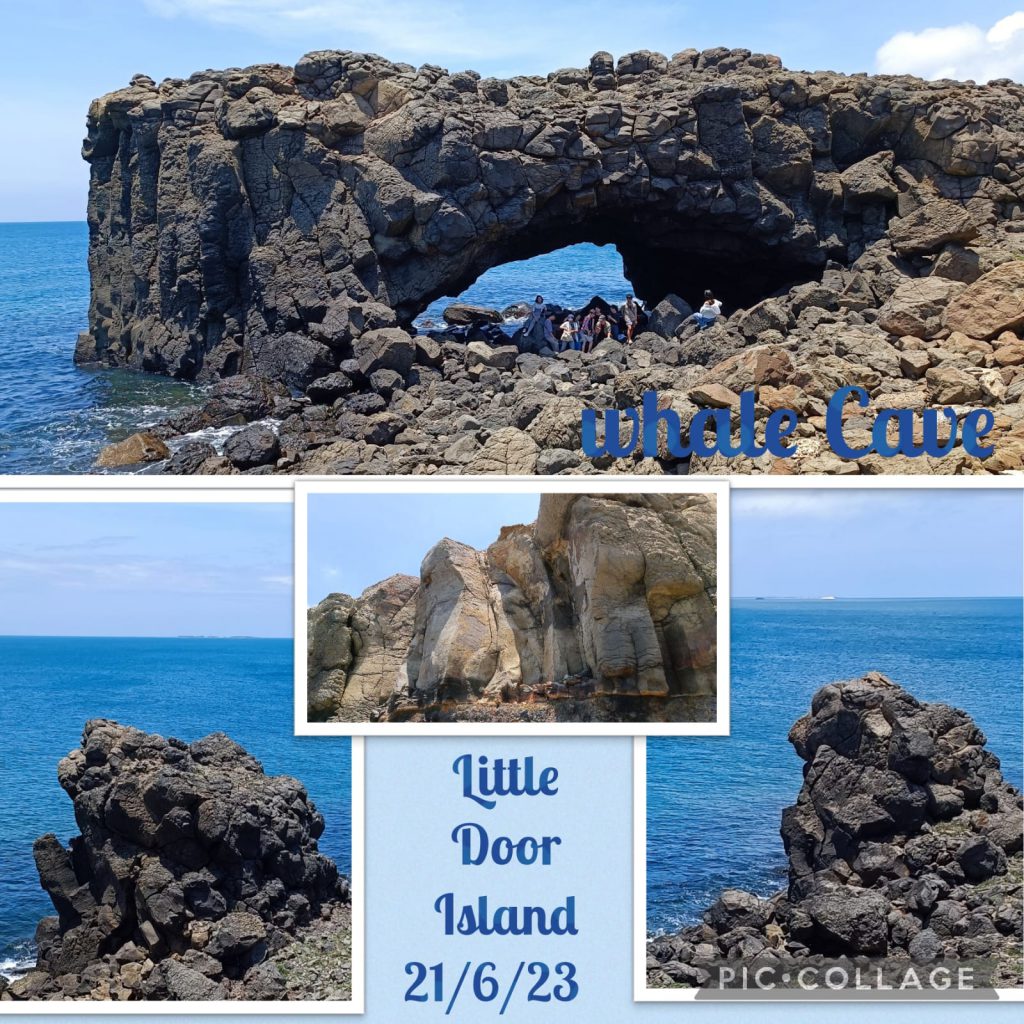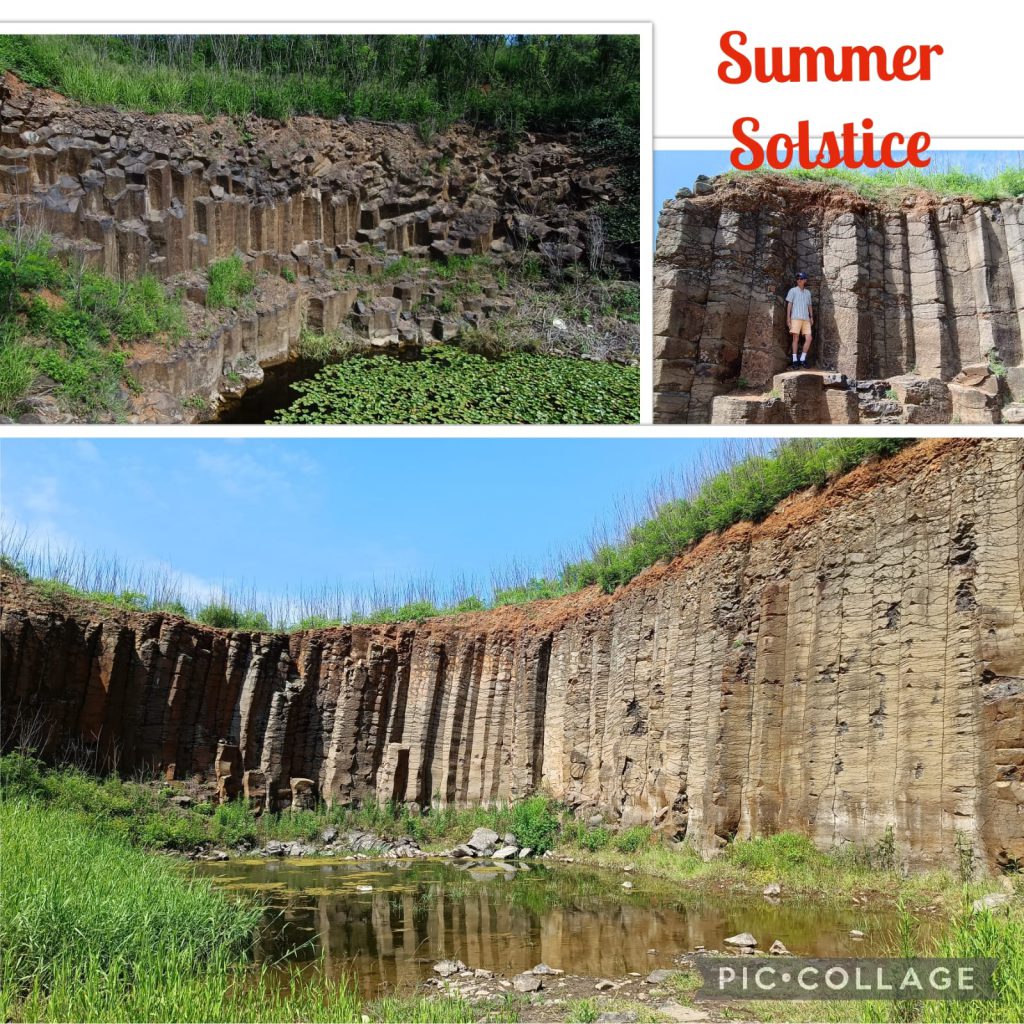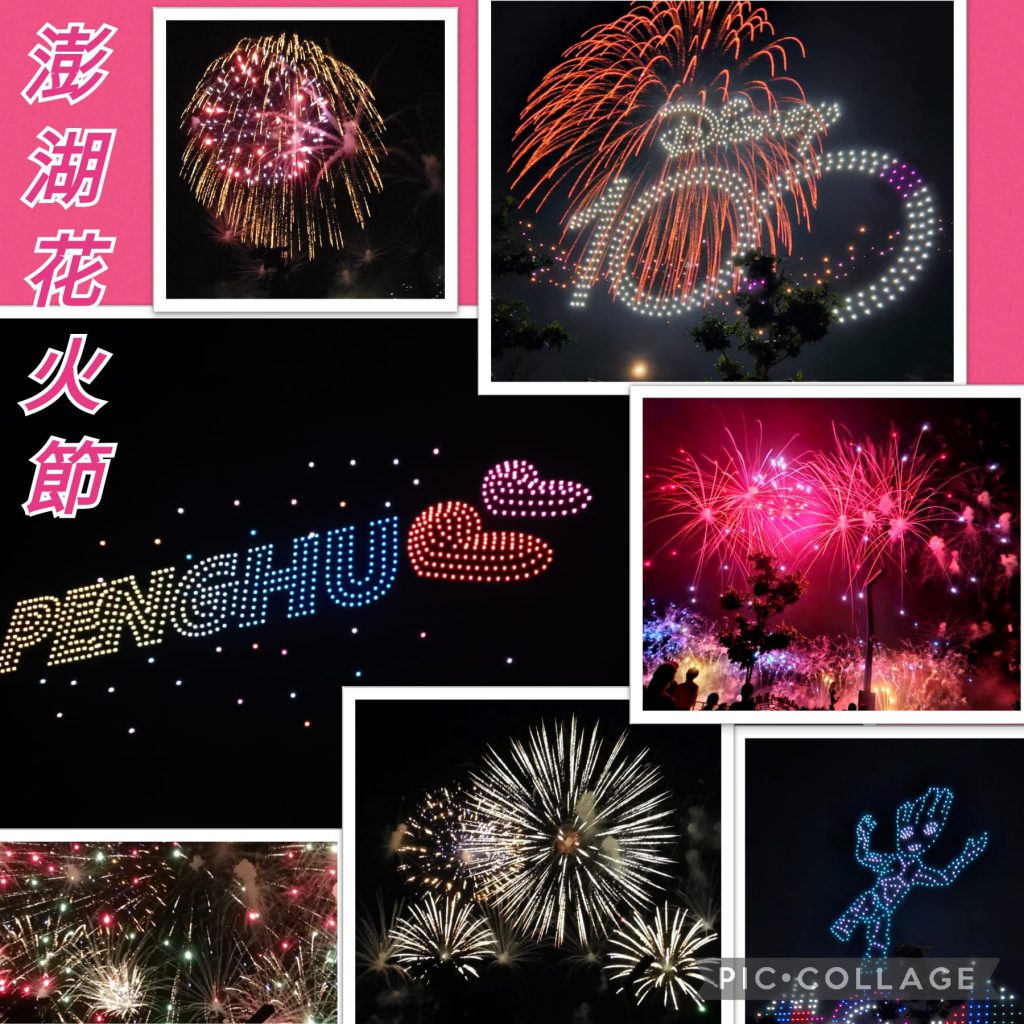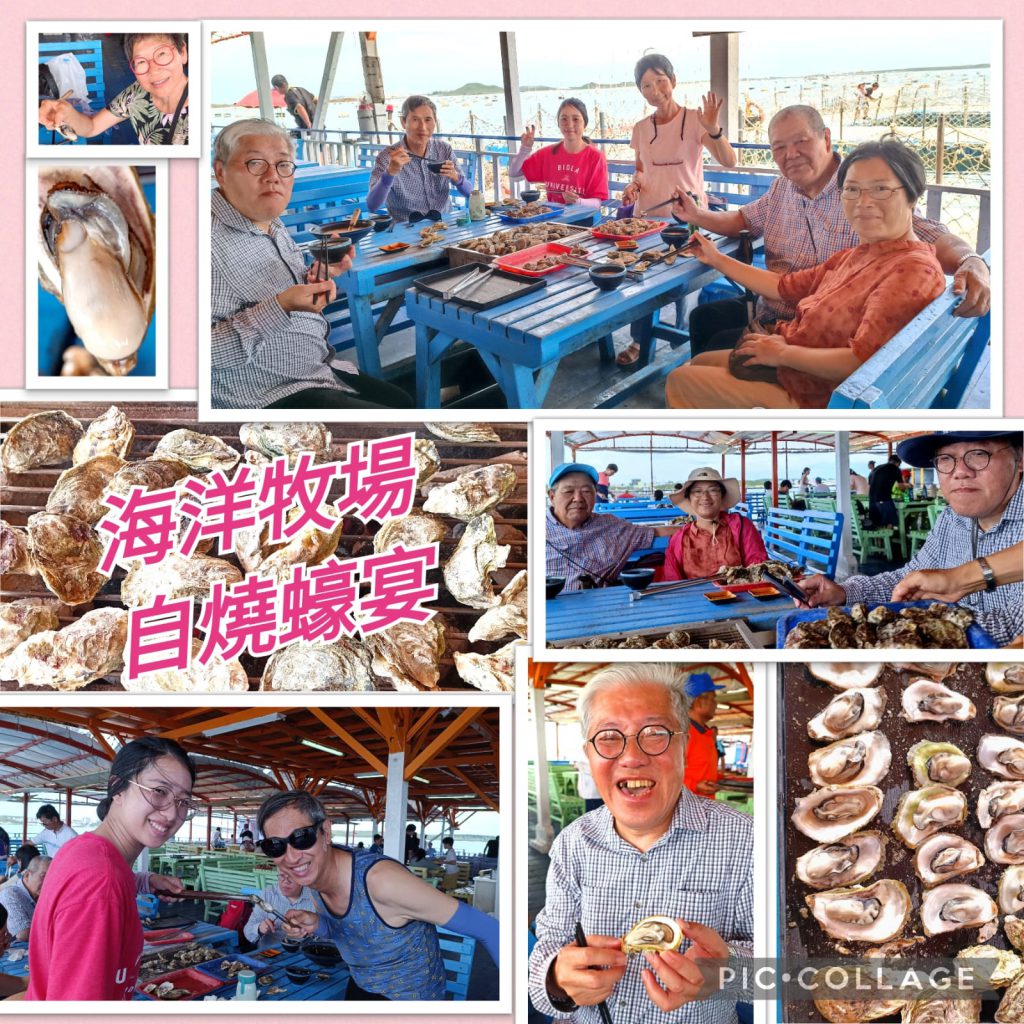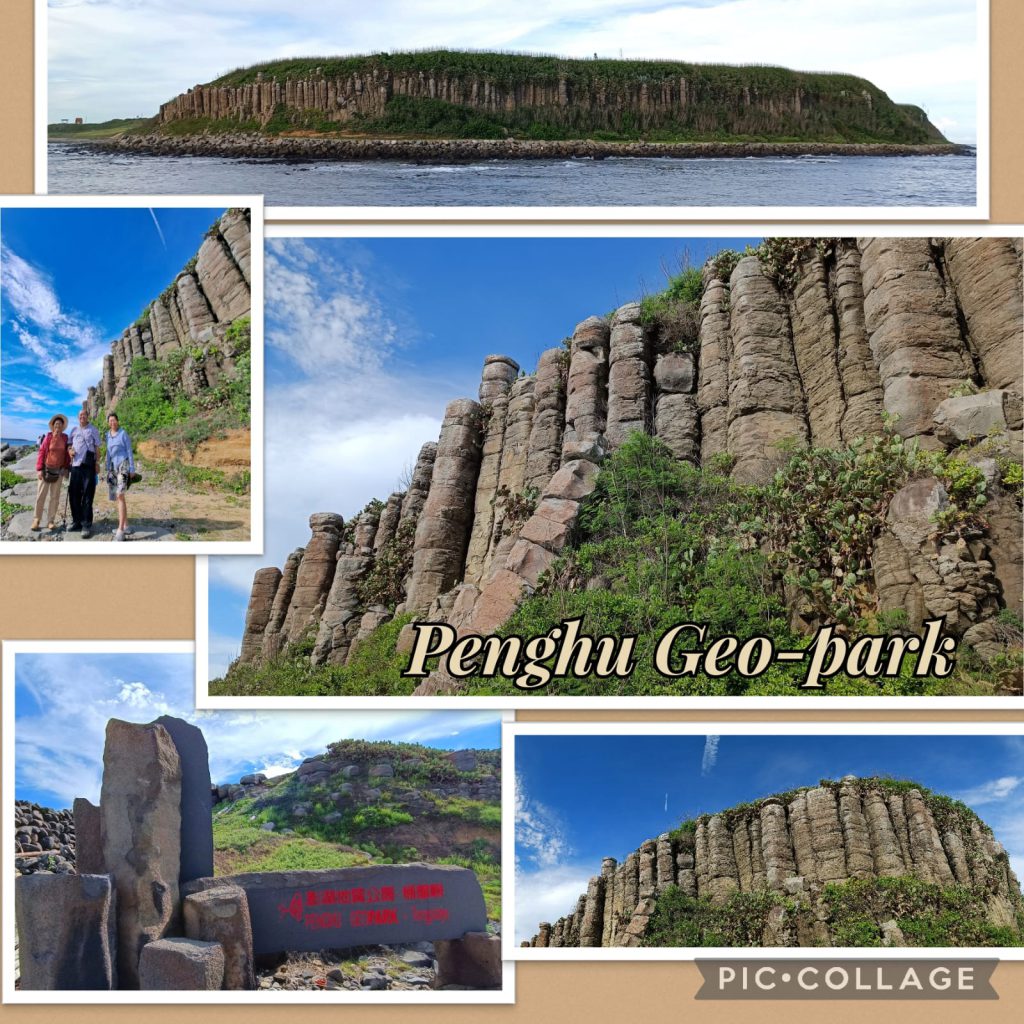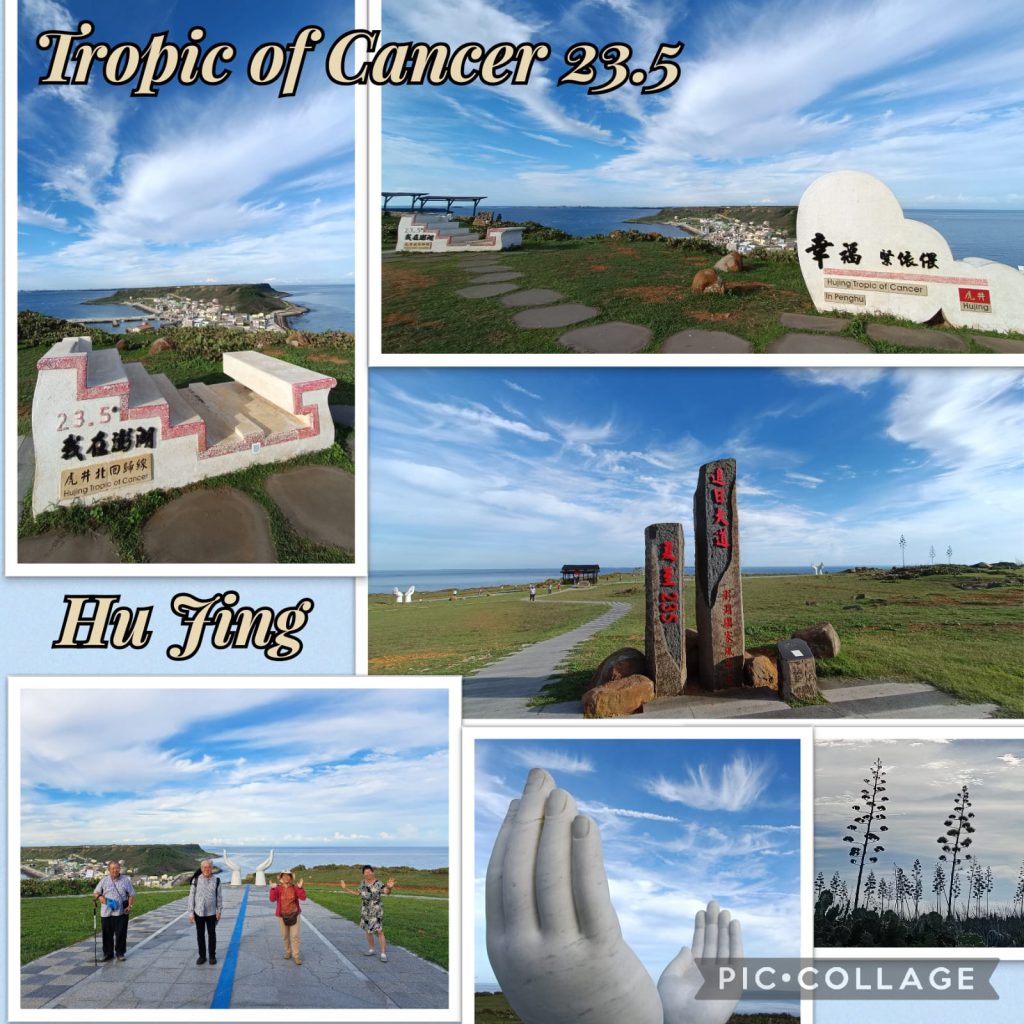Why this trip?
Lawrence (my younger brother) and Sally (sister-in-law) moved to Pengh澎湖, Taiwan in 2021. On hearing that Lili, my niece, would be visiting her parents in June, I decided to join her as I would have enough time to complete my capstone project which was due in end July. My friends Leung, Flora and Kai decided to join.
Penghu
Located approximately 50km west from the main island of Taiwan, Penghu with an area of about 140 km2, is an archipelago of 90 islands and islets in the Taiwan Strait (collectively forms the Penghu County). These islands first appeared in the historical record during the Tang dynasty, was administered by China with brief European occupations by the Dutch (1622-1624) and French (1885) and was ceded to the Japanese in 1895. Since the end of WWII, Penghu has been defined and geographically acknowledged as part of Taiwan. The Magong Island 馬公嶼is the largest in the archipelago with the Magong City馬公市 with a historical centre is the largest city.
Penghu is the remnant of Miocene aged shield volcano. Its stratigraphy is dominated by two to four layers of basalt interbedded with sandstone and mudstone deposited in shallow marine conditions. The main island (comprising the Magong City and Huxi township 湖西), Baisha 白沙and Xiyu 西嶼are the three most populous islands that are connected via bridges. The Penghu Great Bridge connecting Baisha and Xiyu is the longest bridge in Taiwan.
Tourism has become one of the main sources of income of Penghu which is rich in tourism resources. There are numerous historical sites including the Central Street, Erdai Art Hall, Tianhou Temple, Four-eyed Well, Penghu Reclamation Hall, Jinquitou Fortress, Shuncheng Gate in Magong Island; the Eastern Fort and Western Fort, Erkan Historical Village and Yuwengdao Lighthouse, Three Fairies Pagodas in Xiyu Island; and the Qimei lighthouse in Qimei Island七美嶼. There are many natural and coastal attractions including the double-heart of stacked stones (also known as Twin Hearts Stone Weird), Daguoye Columnar Basalt, Fengqui Cave, Whale Cave and Xiaomen Geological Museum in Shomon Island, and the South Penghu Marine National Park.
June 16: Kaosiung & Penghu
I flew to Kaosiung 高雄to catch a short connecting flight to Penghu. Everything went smoothly and I was met by Lawrence around 2 pm in Penghu. Lawrence came with a car: he had bought a second-hand car to take me and my friends around. It is very considerate and kind of him. I told Lawrence about my hip problem, and he took me to his doctor in Magong. The ex-rays showed my hip was in bad state: the doctor said I should have hip-replacement at some stage.
Lawrence and Sally now live and work as a volunteer in a centre providing after-school service for students in Xiyu. This centre also run a summer camp. They live in an old house nearby. Lawrence showed me around while Sally and Lili prepared dinner.
June 17: Xiyu
We spent the day touring Xiyu on motorbike: I rode with Lawrence while Sally and Lili rode on another one. We went to see the Daguoye Columnar Basalt, visited the Eastern and Western Forts, and stopped at some small fishing villages and the Yuwengdao Lighthouse. I visited my first double-heart of stacked stones, an interesting man-made feature made by locals for catching fish during high tide. With my hip problem, I found getting on and off a motorbike not easy. Furthermore, as I was bitten by some insect the night before, my skin got rash making even more uncomfortable to sit on a motorbike under a baking sun.
June 18: Father’s Day
Today, we travelled around in Lawrence’s car. I found it easier and more comfortable to move around. We had a leisure day touring Xiyu, Baisha and Magong and visited the Ocean Resources Museum, the Penghu Living Museum, the Jinguitou Fortress and the Duxingshi Village which was a former barrack now revitalised into a cultural centre. I also consulted a doctor about the rash and was reminded to be careful and avoid insect bites. Kai arrived in the evening and stayed in the Magong City.
June 19: Qimei
We met up with Kai in the morning and took a ferry to Qimei, the southernmost island in the group which is fifth largest with an area of about 7km2. We hired a car and toured around. Unfortunately, we damaged it and had to pay a damage of about USD250. We stayed in a nicely designed and clean BnB and found a nice seafood restaurant near the pier. With a car, we went round this small island with ease and saw the iconic Twin-heart Stone Weird 雙心石滬at different time of the day – midday, high-tide and low-tide, the Little Taiwan (an islet resembling the island of Taiwan), a lighthouse, a few villages, the Seven Beauties Tomb and a small old fort. I was a bit disappointed at the sunset.
June 20: Qimei & Xiyu
We spent the morning touring Qimei before taking a ferry that took us to see two islands of the South Penghu Marine National Park including a Blue Hole on the way back to Magong. Owing to poor lighting, we did not see the amazing blue hue as advertised.
Today, Leung and Flora arrived in Penghu. Four of us stayed in a nice BnB by a beach in Xiyu not far from Lawrence’s place for two nights. The house is new with five rooms. The seafood in Penghu is excellent but the cooking style does not bring out the best taste of fresh seafood.
June 21: Xiyu, Baisha & Shomon Island
We went with Lawrence in his car while Sally and Lili rode a motorbike. Lawrence took us to visit the Xiyu forts and some attractions in Baisha including the Fengqui Cave, Whale Cave, Xiaomen Geology Gallery in Shomon Island. Then we visited the Erkan Historical Village and the Three Fairies Pagoda.
June 22: Dragon Boat Festival
Today was the Dragon Boat Festival and my birthday. The owner of the BnB and Lawrence treated us with delicious dumplings, chicken congee, fresh fruits etc. We checked out of the hotel and moved to stay in Magong for two nights.
Kai, Leung, Flora, and I toured on our own while Lawrence and family visited their friends. We took a taxi to the Jinguitou Fort in Magong. Unfortunately, it was closed on public holidays. We then went to the Duxingshi Village. It was so hot that I took refuge in a bookstore / coffee house and had a cold drink while others toured around. We also strolled along the Central Street, stopping at the Tianhou Temple and Four-eyed Well and looking at the old and restored buildings.
At 6 pm, we met up with Lawrence’s family and had a sumptuous seafood dinner in a private kitchen to celebrate my birthday. The chef is wonderful: we had the best dinner in Penghu. We returned the following night. We watched fireworks for half an hour. The park was full of people and atmospheric. A memorable birthday celebration!
June 23: Magong, Tongpan & Hujing
Today, we spent the morning in the Star Fish Farm where we had oyster BBQ for an hour in the middle of a bay. In the afternoon, we joined a boat trip to visit two islands close to Magong. We first spent about an hour in the Tongpan Geology Park with columnar basalt on the Tongpan Islet 桶盤嶼with an area of only 30 ha. The geology park though not expansive is worth visiting. We also saw a derelict but grand mansion which is an indication of its heyday.
Then we toured around the Hujing Island 虎井嶼with an area of 2.1 km2 in minibus. As most of the people have left the island, it looks deserted. But there are a few attractions on this island including the We Xishan Observatory Post, the Guanyin Park, and the Hijing Memorial of the Tropic of Cancer with a group of sculpture. Given its proximity to Magong, tourists provide an opportunity for revitalising the island economy.
June 24-26: Fo Guang Shan佛光山
Lawrence’s family left Magong for Tainan early in the morning. I flew to Gaosiung in the afternoon and made my way to stay in the Fo Guang Shan for two nights. Founded in 1967 by Master Hsing Yun (1927-2023) 星雲大師, the order which roots traced to the Linji school of Chan Buddhism, promotes humanistic Buddhism and is known for its efforts in the modernisation of Chinese Buddhism. Fo Quang Shan Monastery is its headquarters and is the largest Buddhist monastery in Taiwan and offers extensive education programs including four Buddhist colleges, three regular colleges and various community colleges. The order has over 1,000 monastics and over one million followers worldwide.
Apart from the Monastery and educational institutes, Master Hsing Yun built the Buddha Museum which covers more than 50 ha. Completed in 2011, the museum attracts Buddhists and visitors, local and overseas. The Jade Buddha Shrine is said to hold tooth relics of the historic Buddha. There is also an enormous 108-m high seated metal Shakyamuni Buddha. I spent It was so hot that I spent an afternoon inside the museum and found peace and tranquillity in the Shrine.
On June 26, I met up with Flora and Leung in the Museum and took a ride back to Gaosiung. We spent a leisure afternoon in Gaosiung before taking the evening flight back to Hong Kong.
Remarks
I like Penghu and shall return to visit Lawrence and Sally. I still have many islands to visit. But I shall not go again in the summer which is too hot. My short stay in Fo Guang Shan leads me further on my spiritual path. On July 2, I took refuge in the three gems and became a pupil of the Buddha.










